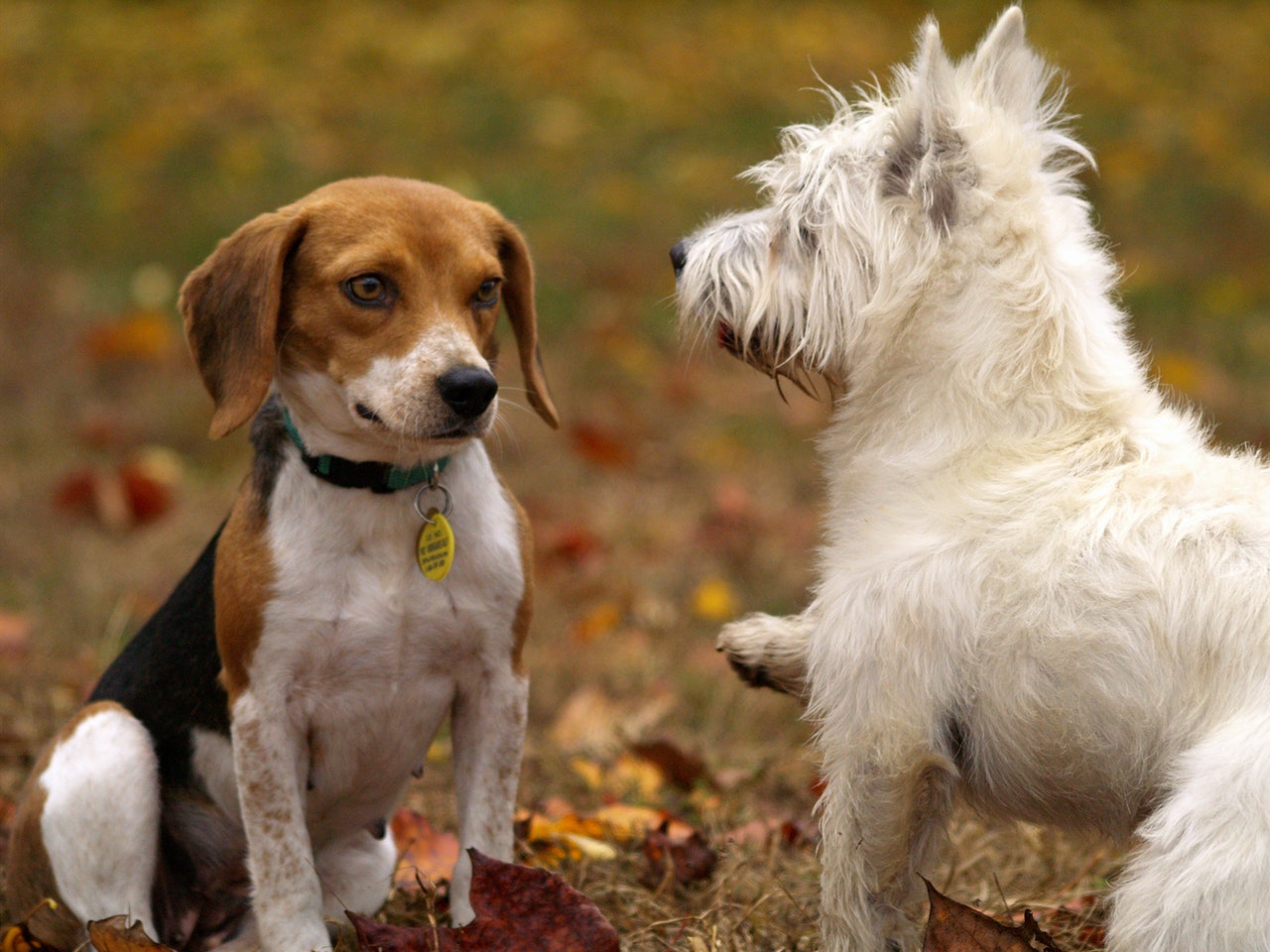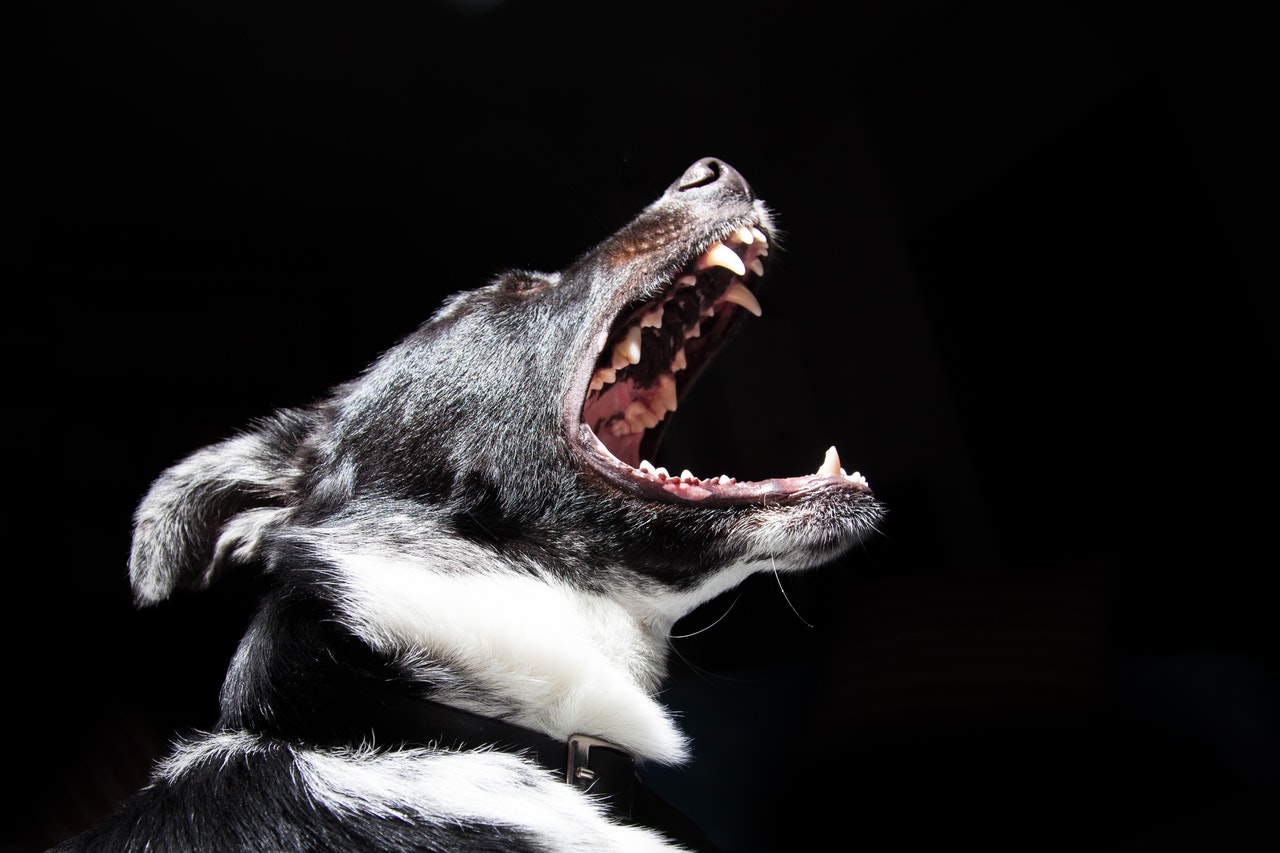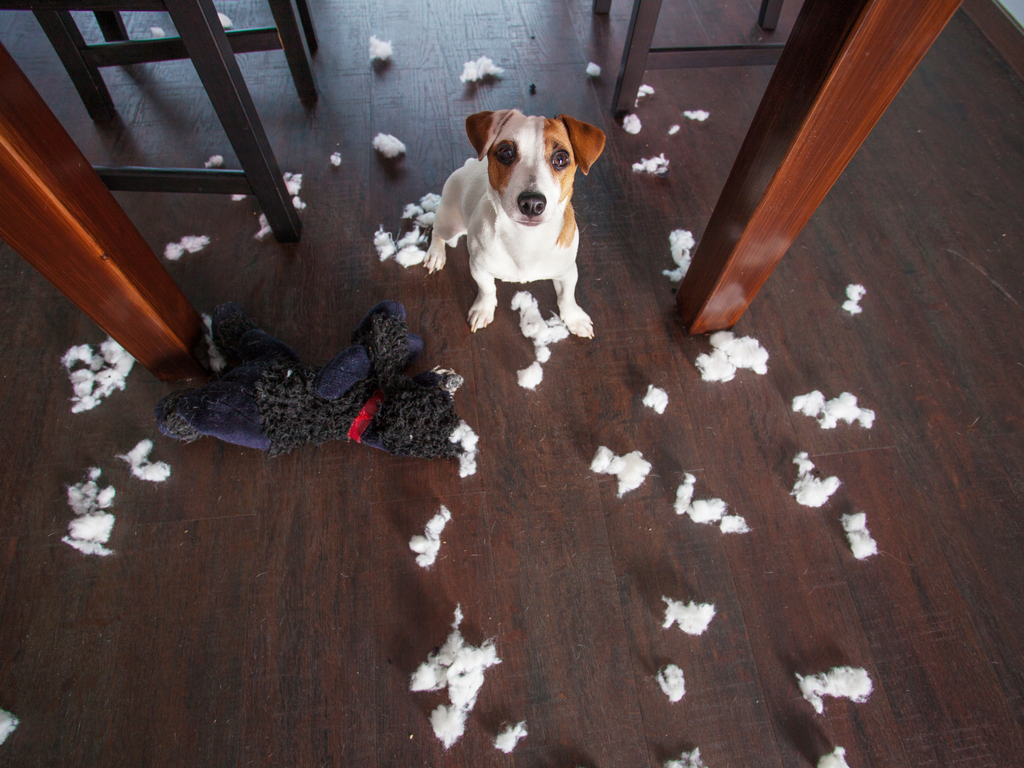Managing Puppy behaviour problems
Out of all the reasons for giving up a puppy dog, puppy behaviour problems take the top spot. While miscommunication between a dog and owner is often the cause, it’s important to know there are other reasons to consider such as;
- Medical issues
- Lack of training
- Lack of positive socialization
- Unrealistic owner expectation
- Environmental distractions
- Fear and anxiety
- Breed specific traits
- Owner miscommunication
To expand upon Medical issues, this apply mostly to sudden change in temperament in your puppy. Refusing to participate in usual activities or a spike in house-training “accidents” could be signs of physical pain or discomfort.
A puppy dog in pain over a period of time, can turn withdrawn and even aggressive. Before assuming she is just being difficult, a visit to the vet is in order to rule out any medical related cause.
3 common puppy
behaviour problems and solutions

Aggression
Aggression usually starts small. Some owners don’t understand the early signs or choose to ignore them thinking that they will outgrow the foreboding problem. This is dangerous as aggression will not just disappear but will in fact escalate over time.
While there are many causes leading up to the various forms of aggression, fear and anxiety are perhaps the main root in many cases.
Even though stress and aggression come in different category, they all share the same set of tell signs and body language.
Early signs of stress include:
- Lip licking
- Looking away
- Yawning (misunderstood by many as a sign of tired)
- Panting
- Shaking off as thou she is wet from bath but isn’t
- Trembling
- Dilated pupils
- Sweating paw pads (dogs are only capable of sweating through their paw pad)
- Raised fur between her shoulders
- Turning away but eyes still at the source of unease; also known as the side glance or whale eye.
Straight-up signs of aggression:
- Growling
- Freezing (Usually with a fix stare)
- Teeth baring
- Biting
Aggression are broken down to 5 types as listed below. Knowing which type your puppy dog falls under is the first step in eliminating this behaviour problem
Keep a note, observe and write down what triggers your puppy. Does she growl at strangers in general or just that neighbour who walk pass every morning? Or perhaps she only displays hostility whenever that neighbour is carrying an umbrella?
We might not always know the reasons behind the trigger but knowing what triggers your puppy is the most crucial step before you seek professional help and managing her aggression in the meantime with safety precautions in place.
When you decided to engage professional help, consult a qualified, positive-based trainer who utilizes up-to-date methods. Have as much detail as possible for a more accurate assessment. Depending on the severity, the trainer might need to come up with a specialize training program.
Solutions and management
Counter-conditioning is a technique especially useful for dealing with fear-based aggression commonly found in dog to another pet aggression, dog to human aggression and leash aggression.
The goal of this training is conditioning your puppy dog to associates the object of her distress with positive experiences, thus eliminating that fear overtime.
This could be a challenge and requires a little more effort on your part when you have a moving or ‘time-sensitive ‘object like that neighbor who only walk pass every morning.
For the above example, you might have to be up and ready before your neighbor stroll pass.
Desensitization and counter-conditioning is a combined method with eliminating resource guarding in mind.
The goal of this training is to eventually have your puppy dog look forward to you approaching her possessions (food bowl, bone, toys, etc) and not react aggressively instead.
For the purpose of this article, let’s assume she had resource guarding reaction towards her food bowl.
- Place your puppy dog’s empty food bowl in front of her. Stand facing her from about 4 to 5 feet away. Check to ensure her body is relaxed and show no signs of anxiety or aggression. If she does, stop the exercise immediately and consult a professional as soon as you can.
- If she is calm instead, approach her and drop a few of her regular kibble in the bowl then take a few steps back. Wait for her to eat from her bowl and look at you, often with curiosity. Rinse and repeat this process of approach, drop kibble and casually backing off about 5 to 6 times per session.
- This is a great exercise even if your puppy shows no signs of resource guarding aggression. For puppies 6 months or younger, do these 3 times a day and twice for older puppies just before their meal time.
- If she doesn’t eat but stare at you with a rigid posture or growls, stop the exercise and consult a professional.
- In time your puppy will look at you expectantly with a relaxed and welcoming posture. Place the empty food bowl down and leave to fetch her food. Place it in her bowl than step away again. Wait for her to finish her food and look at you expectantly without any signs of aggression. Walk over and reward her with more food and treats. Rinse and repeat for all meals.

Barking
There are many reasons for excessive barking. Some bark at specific things or situations. Some bark because it is rewarding. Owners might unknowingly ‘reward’ their puppies by simply giving them attention. To a puppy any kind of attention from you is good attention.
Other common reasons for barking include:
• Breeds tendency
• Territorial
• Excited
• Boredom
• Warning
• Frustration
• Anxiety
Solutions and management
Teaching your puppy dog to Hush on cue can be extremely useful.
Another good way to deter barking especially when you are not at home is simply exercise. Bored or too much pent-up energy is some common reasons for excessive barking.

Chewing
Puppies can be extremely destructive with their chewing and this behaviour problem is among the earliest relationship strain between many new owners and their puppies.
First off, chewing is unavoidable for puppies during their teething stage that happens about 4 months of age. It is important to manage it in case it turns into a permanent problem later in their lives.
Other common reasons for chewing is separation anxiety with puppies tending to chew around doorways or other exit points.
Chewing is also a sign of boredom and again, exercise and daily walks will do wonders.
Solutions and management
Prepare a variety of toys for your puppy and encourage her to play with them through a little teasing and pretending these are the best things in the world! Your own interest in the toys usually reflect on her interest as well.
When she plays with them praise her. Present these toys one at a time and rotate them frequently to keep her interested.
A word of caution on safety, always choose toys that are larger than her mouth so she couldn’t accidentally swallow them. Replace them when your puppy manages to chew chunks off it for the same safety reason.
Sometimes, your puppy will still get a hold of things she shouldn’t despite your meticulous puppy-proofing. This is where learning “drop it” on cue could not only deter bad chewing habits but also save her life one day.
The goal of this exercise is to teach your puppy to drop whatever she is holding on cue.
Practice this at different locations with a variety of items to truly master it. Never rush, whenever progress seems to halt, go back to the previous step.
Go to Do's and Don'ts of Training a Puppy to Come
Go to Training Your Puppy to Stay
Go back to How to Train a Puppy
Return to New Puppy Care Guide (Homepage)
- Home
- Puppy Training
- Behavior Problems